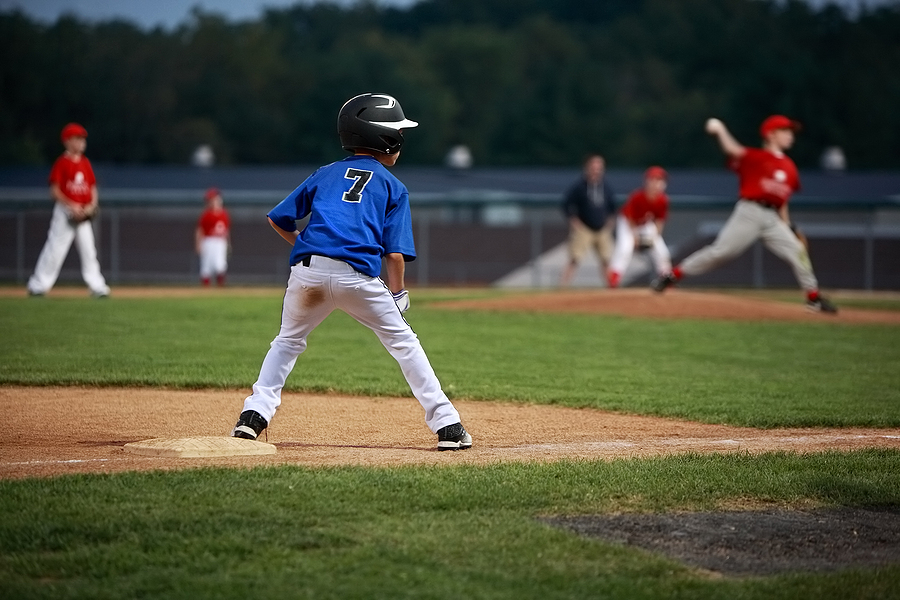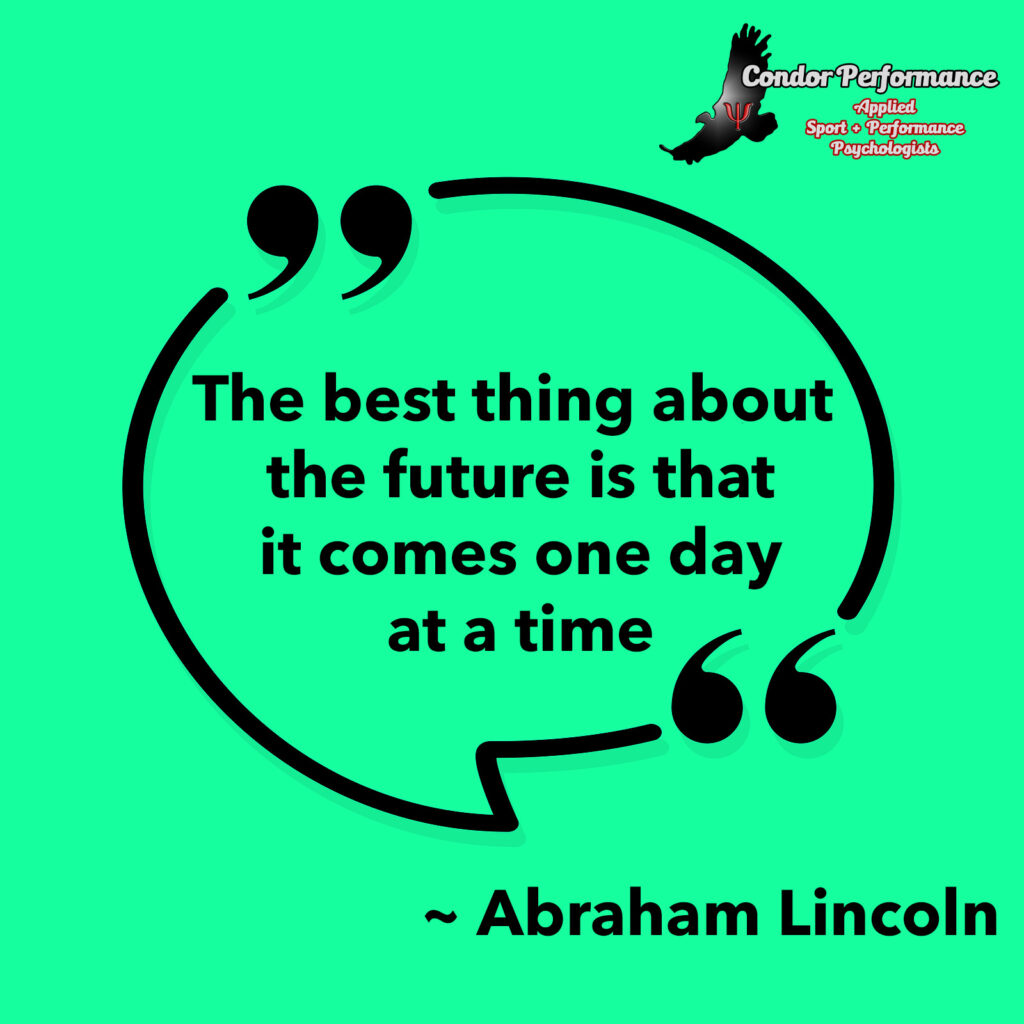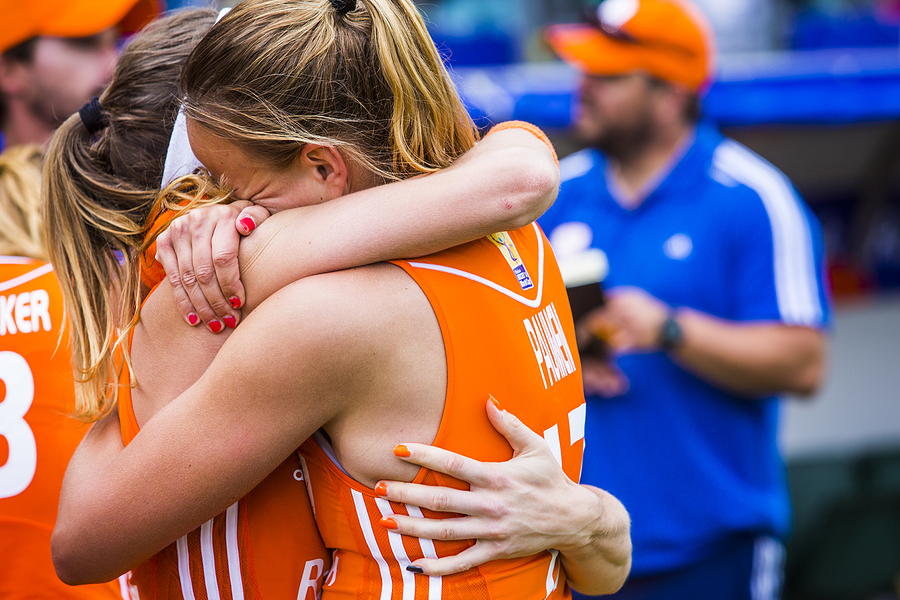
Emotions, Sport And Performance
- As sport psychologists and performance psychologists, we are often asked for ways to improve emotional management. So, what exactly does this involve?
- Through variations of Acceptance and Commitment Therapy, we can learn to manage our emotions in more helpful ways.
- At Condor Performance the goal of our emotions work is mainly to teach clients how to perform at the highest possible level whilst experiencing the full range of emotions. It is not about helping them feel better or a certain way.
- If you’d like more information about our performance psychology services, complete the form on our Contact Us page.
Please Make Me Feel Better!
In our profession, we deal with emotions every single day. Athletes and performers often ask us how they can learn to feel better. Most of the time, this is a desire to feel a certain way on competition day. A day that is often riddled with a whirlwind of emotions from excitement to anxiety and everything in between. Our work around emotions often begins with a deep dive into reality.
We’re probably never going to feel great on these highly meaningful days. And we will certainly never feel great before and during all competitive situations. As fellow psychologist Peter Clarke mentions in this Podcast interview, “We have this thing in our mind of I gotta feel perfect, calm and confident and THEN I’ll perform well. Mate, if that’s the case, you’re going to perform well for a very small portion of the time.”
Our first job as Psychologists is to help our clients let go of the idea of wanting to control how they feel. Emotions aren’t something we have a huge amount of influence over. Athletes and performers often come to us to learn how to eliminate the “negative” emotions and replace them with positive ones.
In their defence, this is often what is taught to us from a very young age. Remember this from the movie A League of Their Own? “There’s No Crying in Baseball.” Great film but awful advice.
Emotions And Performance
During the initial Kick Start Session with new clients, we often hear stories of emotional struggles on game day. Performers often describe the many ways in which they try to control these uncomfortable feelings. We get remarkable insight into how much impact feelings seem to have on their performance. To understand how to manage emotions, we must first understand exactly what they are.
Why Do We Feel Things?
Athletes and performers need to understand why humans experience emotions. In short, they play a very important role in our survival. There are countless examples, but the classic is the natural human feeling of fear. Being afraid of snakes, for example, is jolly useful. This fear is a major deterrent to going anywhere near anything resembling a snake. Even though most snakes are nonvenomous, we typically leave them alone, mostly thanks to fear.
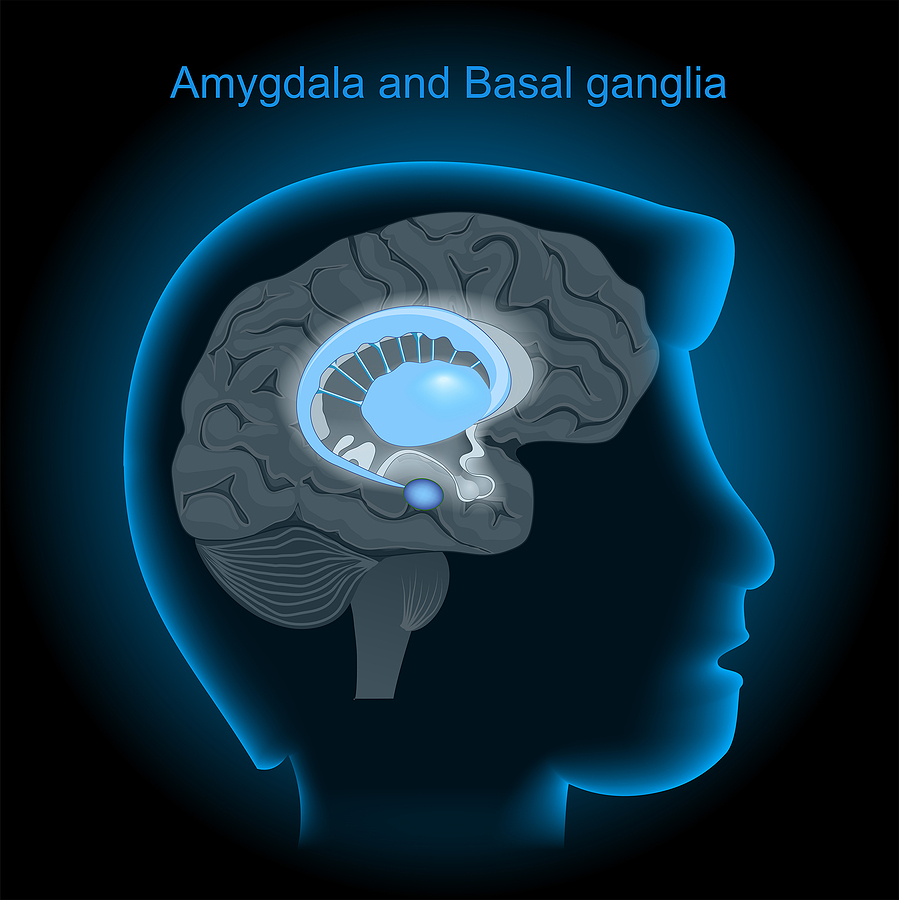
The Amygdala (the brain’s emotional centre) produces emotions mainly to warn or reward us. The well-known fight or flight response is basically about our internal warning system. It’s hugely beneficial in survival situations but not so much in most performance scenarios.
Survival vs Performance
So, what we know about emotions is that within a survival framework, they’re great at keeping us alive. However, emotions in the performance domain have a habit of getting in the way of us doing the things we already know how to do well. Our job as psychologists is to challenge the consensus that emotions directly impact our performance. That is, to challenge the idea if I feel “bad” (i.e. nervous, anxious, doubtful) on game day, I’ll inevitably perform “poorly”. One of the first questions we will often ask a new client is this one.
“How do you view the relationship between emotions and performance? If I were to draw an arrow between the two, which direction would the arrow be pointing, and what would this mean?”
Nine times out of ten, the response I get is something like this. “How I feel usually determines how I perform”. But if we rarely feel fantastic come performance day due to our Amygdala, then we’re in trouble, no?
The Reality Of Emotions in Sport
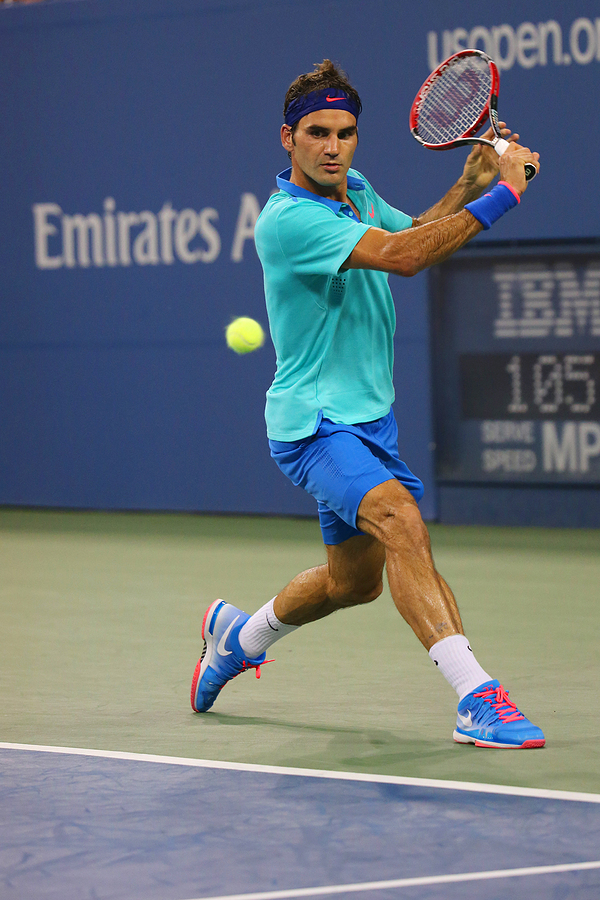
Little do most people know that the power we attribute to emotions makes them so problematic. We assume greats like Roger Federer are all calm before and during matches. The fact is that even the best athletes in the world feel the full range of emotions we experience before an important event. Sometimes, we forget they are humans with a pumping amygdala like you and I.
Their ability to welcome and embrace these emotions and perform at a high level with them present has made them so good in their performance domain. The ability to do this is a skill that can be developed by anyone. And just like learning the right [biomechanical] technique, the earlier this becomes a habit, the better.
Acceptance and Commitment Therapy
The main coaching framework we work within at Condor Performance is known as Acceptance and Commitment Therapy or ACT (pronounced “act”) for short. This approach suggests that trying to get rid of unwanted emotions creates a lot of psychological distress. This psychological distress is almost always worse than the original feeling.
This often has a maladaptive impact on our behaviour (or, in this case, a negative impact on our performance). This is because we are trying to fight something we don’t have a lot of influence over. Attention is then taken away from basic muscle memory. Suddenly, a 4-foot put isn’t as easy as it was on the practice green earlier that day.
Through the mindful nature of ACT, we can learn to reduce the impact of emotions. How? By building awareness, making room for them, and learning to let these feelings come and go without a struggle.
Acceptance
ACT is an umbrella term for a range of mindfulness-based skills, with acceptance being one of the most useful and important. Through the skill of acceptance, our goal for athletes and performers is to help them open up to the uncomfortable feelings they experience as part of the human condition before accepting their presence and allowing them to be there rather than trying to avoid them. The idea behind acceptance is that if we learn to make room for emotions in our lives (without trying to fight them off), their power is ultimately diminished. ACT assumes that the struggle with and fighting off these emotions gives them their power over our actions.
The “Noticing Self”
There is a part of us that feels, and then there is a part that notices that we feel a certain way. Performers need to learn to notice their emotions as they arise and build more awareness of them – why? Because our default response to uncomfortable feelings is to turn away from them – try to suppress, avoid or escape them, or distract ourselves from them. This is problematic regarding the motor skills required in most sports. It stops you from doing what you are naturally very good at (e.g. kicking a soccer ball, etc).
A trap we often fall into in performance settings is getting sucked into this default response. Eventually, we become so caught up in getting rid of uncomfortable emotions (an impossible task) that we can’t be intensity aware, present and focused on what we must be doing.
To help athletes and performers develop the noticing skill, we ask them to practice intentionally and consciously noticing and acknowledging uncomfortable feelings. We might ask them to tell themselves what they feel silently. For example, “I’m noticing anxiety”, or “I notice I’m feeling worried”. Through accepting and noticing emotions, we can learn to sit with the discomfort and reduce its impact on our actions (motor skills).
Emotion Validation and Commitment
Without acknowledging the presence of uncomfortable emotions, we can invalidate our own experiences. When our most inner and private emotional experiences feel invalid, we risk falling victim to that unhelpful emotion default response (suppress, avoid, escape, distract). Following this, our default cognitive response is often “I shouldn’t feel this way” or “I should be able to handle this better”.
But at the end of the day, a choice must be made. The athlete or performer can choose to:
- Feel uncomfortable emotions and choose not to commit to their actions or
- Feel these uncomfortable emotions and commit to their actions despite them.
Through mental toughness training, we aim to empower individuals to choose the latter. With the help of skills such as acceptance, noticing and validation, the decision to commit becomes much easier.
Learning to Embrace Emotion
At Condor Performance, we aim to guide athletes and performers towards a healthier relationship with emotions. Think about how boring life would be without them!
We know happiness only because we’ve experienced sadness, so it is important as part of the human condition that we choose to welcome all emotions, pleasant and unpleasant. In the performance domain, we often view emotion negatively, but rather than looking at it as a sign of weakness, we can see it as a sign that we’re living. If you need help in doing this, then get in touch.

